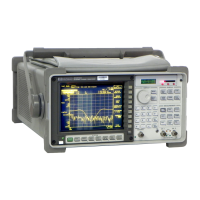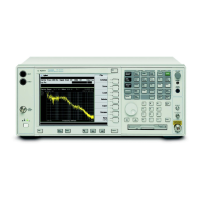Setting Up Your Test
The basic test set-up required for making frequency response measurements
depends upon the type of structure to be tested and the level of results desired.
Other factors, including the support fixture and excitation method, affect the
amount of hardware needed to perform the test. For making measurements on
simple structures, the exciter mechanism can be as basic as an instrumented
hammer and requires a minimum amount of hardware. An electrodynamic
shaker may be needed to excite a more complicated structure.
The first step in setting up a structure for frequency response measurements is
to consider the fixturing mechanisms. This is a key step in the process as it
affects the overall structural characteristics. The selection of a fixture goes
beyond the scope of this book. Several texts are available that focus on test
fixtures. They include:
• Vibration and Shock Test Fixture Design by Wayne Tustin and Robert Mercado
(Tustin Technological Institute, 1984).
• L.D.MitchellandK.B.Elliott,“HowToDesignStingersforVibrationTestingof
Structures,” Sound and Vibration, April 1984.
• Modal Testing: Theory and Practice by Dave J. Ewins (Wiley Interscience, 1984).
The next step in the measurement process involves selecting an excitation
function along with an excitation mechanism. The choice of the excitation
function dictates the choice of the excitation mechanism. The choice depends
on several factors:
• available signal processing equipment
• characteristics of the structure
• general measurement considerations
• the excitation mechanism.
The shaker test and the impact test are the most common excitation
mechanisms.
Once an excitation mechanism has been setup to force the structure into
motion, you need to select the transducers which sense the force and motion.
The piezoelectric transducer is widely used. It is an electromechanical sensor
which generates an electrical output when subjected to vibration.
Agilent 35670A
Operator's Guide Measuring Structures
2-3

